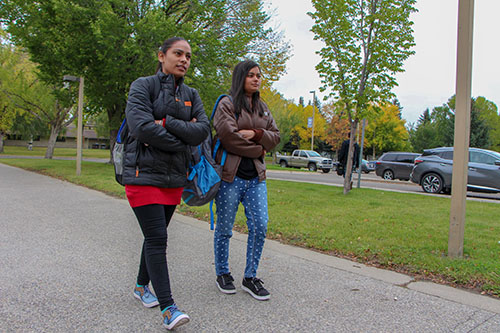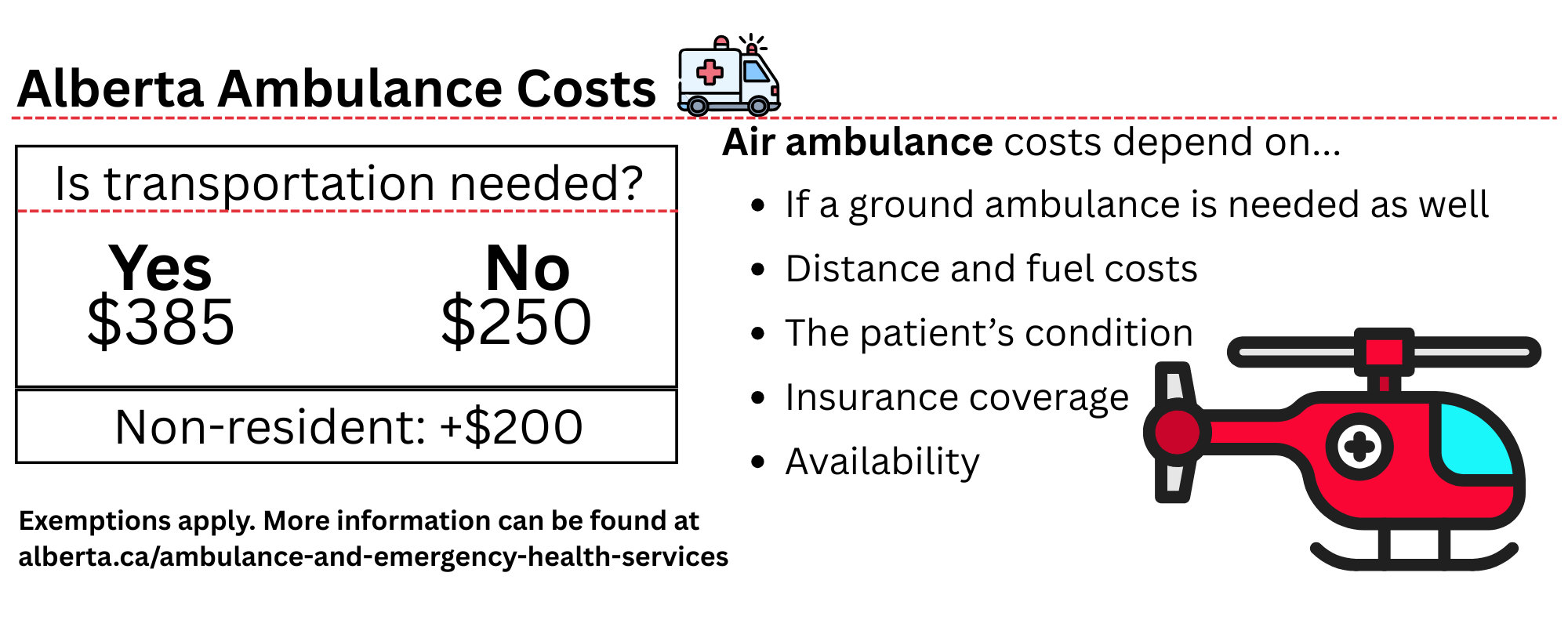The hallways and classrooms at Lethbridge College are more diverse than ever before, thanks to a substantial increase in international student applications this fall.
Over 300 international students entered the college for the first time this fall term, and including returning students, international students account for nearly ten per cent of the student population.
Included in the increase was a large influx of students from the Middle East, as well as India.
“Canada is attractive to Indians because of our permanent residency routes. The United States is a little less attractive [to international students] for obvious reasons and Australia and New Zealand have mostly closed down their permanent residency routes. This is making Canada a more attractive destination for international students,” says Kristen Koester, Lead Admissions Specialist at the college.
Koester’s role with the college is to get international students from the point of application, to attending classes on the first day. Over 1,400 applications were received by the college this year, which is nearly double what it usually receives.
So, why do only 20 per cent of those students actually make it to Lethbridge?
“Not every application gets an offer and not every offer gets confirmed by the student,” explains Koester. “Getting a study permit is a big issue for international students. It is a long and complicated process and sometimes they don’t always get word on their study permit in time to come here. It is a rigorous process, and that narrows down the number of students we can get on campus.”
Although Canada is becoming a more attractive country for international students, there are still hundreds of institutions that a prospective student can choose from.
However, many are choosing college’s over universities, because their dollar stretches further. International students pay up to three times more tuition than their domestic classmates.
“Lethbridge College has applied, hands-on learning that is tied to industry. It is relevant in terms of getting work. For these students it is important that there is a return on investment after a one-year or two-year diploma,” says Catherine Wilde, manager of International Services at the college.
In addition to economic factors, the city of Lethbridge plays a huge role in attracting prospective students to the college.
“Lethbridge College is situated in a small, safe community with inexpensive housing. Lethbridge is a diverse, friendly community, which makes it a very attractive place to study,” Wilde remarked.
Wilde added that Lethbridge enjoys milder weather than other Canadian cities and that the economy is strong, giving students lots of options for jobs both while in school and after graduation.
Amandeep and Manjeet Kaur both moved from India this August and began their first year at the college in the Digital Communications and Media program this fall.
“All of the students and staff are very welcoming,” says Amandeep. “Whenever I need help they always tell me what I am doing well and what I am not doing well.”
Amandeep heard about Lethbridge College through social media, which she has been active on ever since deciding to study in Canada.
For Manjeet, she wanted a place to continue her studies, after beginning in India.
“It’s a great opportunity for me, because there are lots of jobs available after the completion of the DCM course. It has been the most interesting course in my life, because [they combine] subjects like photography and journalism.”
Manjeet has a cousin in Calgary, but Amandeep is the only member of her family in Canada. Both plan on remaining in the country after they graduate.
“My goal is to be a successful person in my life, and make my parents proud,” Amandeep says. They know that by visiting other countries I can also learn about different cultures, and how to communicate with people. That’s why they will support me wherever I go.”
With plenty more success stories like the Kaurs, the increase in diversity is expected to continue trending upwards for years to come.



